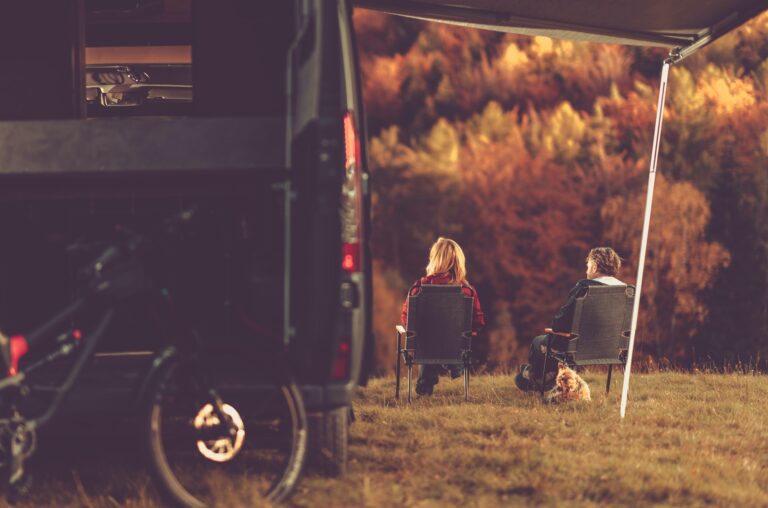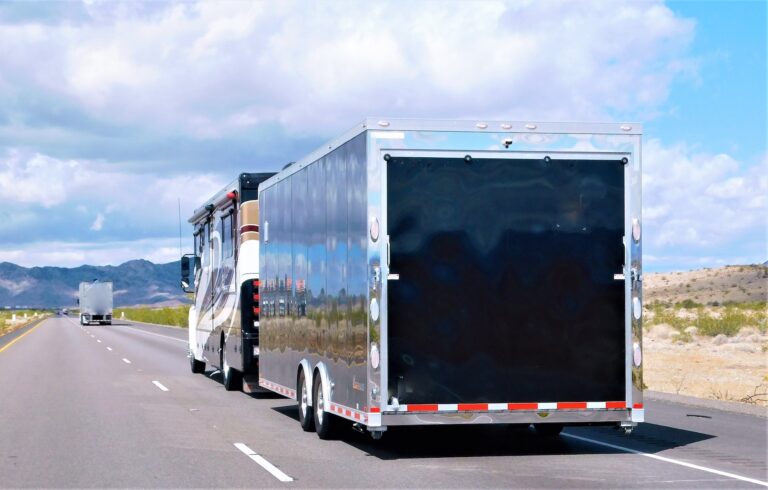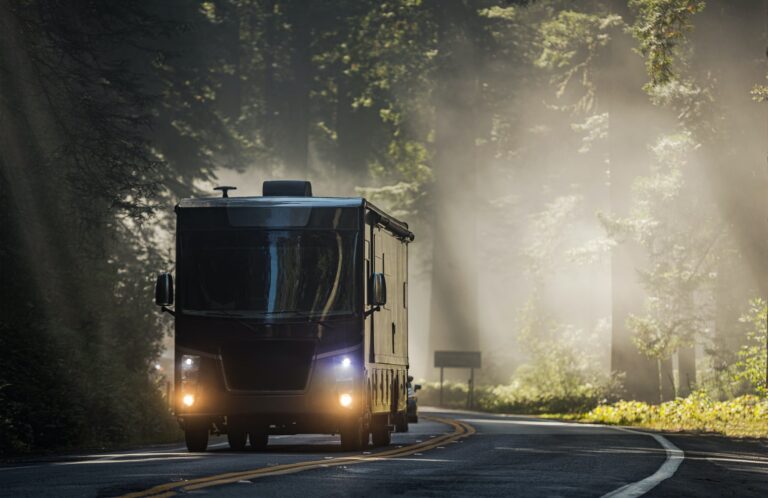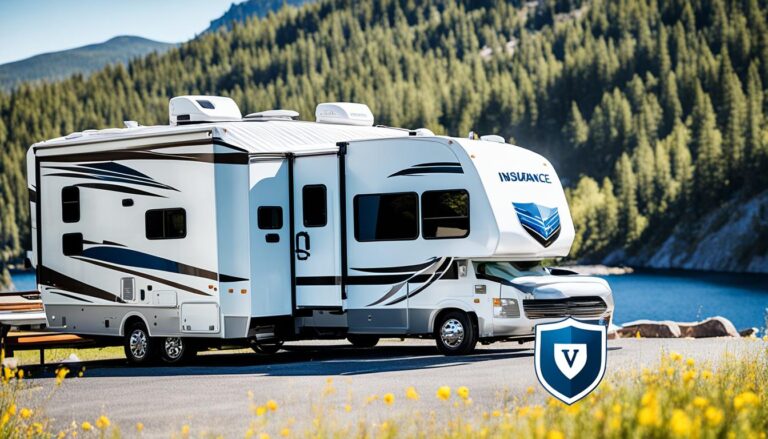An RV is a significant investment and one that can provide unforgettable travel experiences. However, exposure to the elements can take a toll on your RV. This guide will discuss how to protect your RV from the elements through effective weatherproofing methods.
1. Understanding the Effects of the Elements
Before discussing how to weatherproof your RV, it’s essential to understand how the elements can impact your vehicle:
- Sun Exposure: Prolonged sun exposure can cause the RV’s exterior to fade and crack. The interior can also suffer, with upholstery and surfaces fading or cracking over time.
- Rain and Moisture: Rain can lead to water damage, including leaks, mold, and mildew. It can also cause rust on metal parts.
- Wind: Strong winds can cause damage to your RV’s exterior, including its awnings and roof-mounted accessories.
- Cold Temperatures: Cold can lead to frozen pipes and other components. It can also cause cracking in rubber seals and tires.
2. Exterior Weatherproofing
Protecting the exterior of your RV from the elements involves several steps:
- Sealants: Use a high-quality sealant to protect your RV’s roof, windows, and doors. Check these seals regularly and reapply sealant as needed to prevent leaks.
- RV Covers: An RV cover can protect your vehicle from sun, rain, and snow when it’s not in use. Choose a cover designed to fit your RV and made from breathable, water-resistant material.
- Tire Covers: Protect your tires from UV damage and cracking with tire covers. They’re especially important if your RV will be stationary for long periods.
- Waxing: Regular waxing can protect your RV’s paint and exterior surfaces from sun damage and help water bead off.
3. Interior Weatherproofing
The interior of your RV also needs protection from the elements:
- Ventilation: Proper ventilation can prevent condensation, which can lead to mold and mildew. Use vent fans and consider a dehumidifier in humid climates.
- Window Covers: Use window covers or shades to protect your RV’s interior from UV damage. They can also help insulate your RV from heat and cold.
- Insulation: Upgrading your RV’s insulation can help keep it warm in winter and cool in summer. Consider insulating windows, floors, and doors.
4. Weatherproofing for Cold Climates
If you’ll be using your RV in cold weather, additional weatherproofing steps are necessary:
- Skirting: RV skirting can prevent cold air from getting under your RV and causing pipes to freeze.
- Heated Hoses: A heated water hose can keep your water supply from freezing.
- Antifreeze: Use RV-grade antifreeze in your plumbing system to prevent freezing.
- Space Heaters: Use space heaters to supplement your RV’s heating system. Be sure to use them safely.
5. Regular Maintenance
Regular maintenance is crucial for keeping your RV protected from the elements:
- Regular Inspections: Regularly inspect your RV for any signs of weather damage. Check the roof, seals, and mechanical components.
- Repairs: If you find any damage, repair it as soon as possible to prevent further issues.
- Professional Inspection: Consider having a professional inspect your RV annually. They can identify and address potential problems you may overlook.
Weatherproofing your RV involves understanding the effects of the elements, protecting both the exterior and interior, making special considerations for cold climates, and performing regular maintenance. With these measures in place, you can keep your RV in great shape no matter the weather, ensuring it remains a comfortable and reliable home on wheels for many journeys to come. Protecting your RV from the elements will not only enhance your travel experiences but also extend the lifespan of your beloved vehicle. Safe travels and happy camping!






